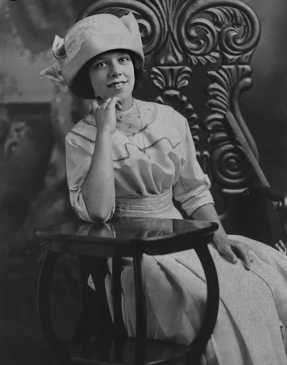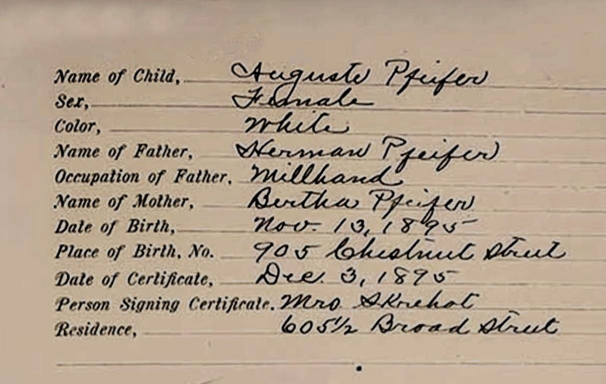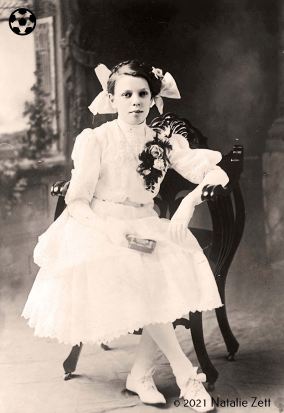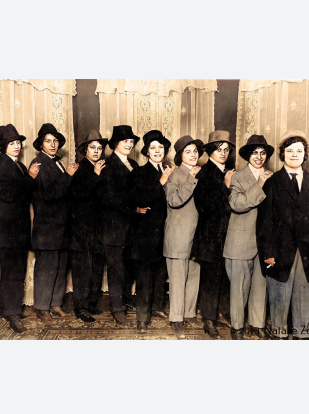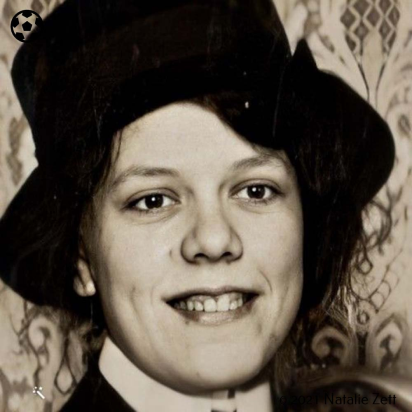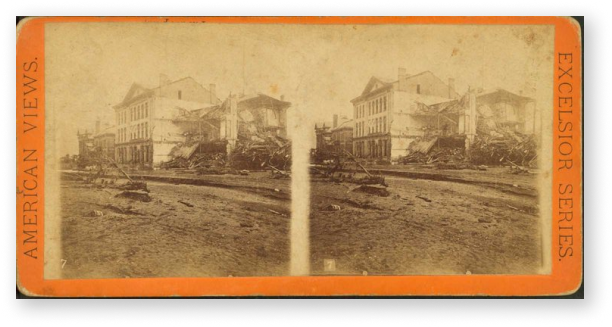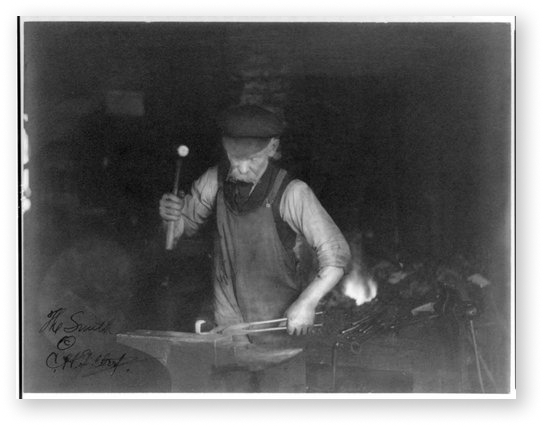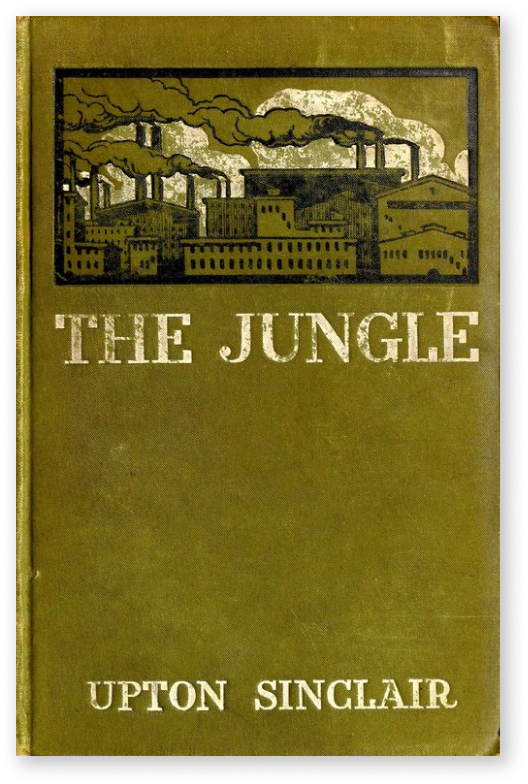
WHO IS MARTHA PFEIFFER?
Martha Pfieffer is the flower in the river. She was Natalie Zett’s great aunt and a passenger on the Eastland. At just 19, she perished in the Eastland Disaster along with 843 others.
Martha Pfeiffer was born to Herman and Bertha Pfeiffer on November 13, 1895 in Johnstown, PA. She was delivered at their Chestnut Street home in Johnstown, PA (left) by Mrs. Skrehot, a very busy midwife.
Herman, Bertha, and two infant daughters immigrated from Prussia to America in the late 1800s. Herman worked as a blacksmith for the Cambria Iron Works/Cambria Steel Company (later the Bethlehem Steel Corp.) shop by the Conemaugh River in Johnstown.
Martha was born with the name Auguste Pfeiffer and at some point her name was changed to Martha Elizabeth Pfeiffer.
This record lists her father, Herman, as a millhand, although his occupation was normally listed as blacksmith.

MARTHA PFEIFFER PHOTOS
THE JOHNSTOWN FLOOD
MAY 31, 1889
Just two years before the Pfeiffers immigrated to Johnstown, the infamous Johnstown Flood of 1889 swept through the industrial town, killing over 2,200 people.
There are many similarities between this catastrophe and the Eastland Disaster; both tragedies were preventable.
FROM HISTORY.COM
In 1889, Johnstown was home to 30,000 people, many of whom worked in the steel industry. On May 31, the residents were unaware of the danger that steady rain over the course of the previous day had caused.
A spillway at the dam became clogged with debris that could not be dislodged.
An engineer at the dam saw warning signs of an impending disaster and rode a horse to the village of South Fork to warn the residents.
However, the telegraph lines were down and the warning did not reach Johnstown.
At 3:10 p.m., the dam collapsed, causing a roar that could be heard for miles.
All of the water from Lake Conemaugh rushed forward at 40 miles per hour, sweeping away everything in its path.
A bridge downstream from the town caught much of the debris and then proceeded to catch fire.
Herman Pfeiffer's sister, Julia, and her family had immigrated to Johnstown right before the flood.
According to family legend, Julia was clutching her baby in her apron as the rising waters swept them away.
Fortunately, a quick-thinking farmer rescued them. All three climbed to the top of a barn roof and waited for the water levels to recede.
Julia and her family moved to Chicago a few years later. Herman and Bertha Pfeiffer would eventually join them.
CAMBRIA IRON WORKS BLACKSMITH SHOP
CAMBRIA IRON WORKS - JOHNSTOWN, PA
After immigrating, Herman Pfeiffer began working as a blacksmith at the Cambria Iron Works/Cambria Steel Company in Johnstown, PA. This photo was probably taken after the flood of 1889.
BLACKSMITH AT WORK
The location is unknown, but the time period would have been similar to when Herman Pfeiffer worked as a blacksmith.
BLACKSMITH SHOP - CAMBRIA IRON WORKS
The interior of the Cambria Iron Works/Cambria Steel Company’s blacksmith shop. Year unknown. As of 2021, the building reopened as a school.
FINAL STOP: CHICAGO
The Pfeiffer family (by then, Herman, Bertha, Emma, Anna, Bertha Luisa, Martha, and Eddie) followed Herman’s sister and brother-in-law and relocated to Chicago around 1901.
Herman continued working as a blacksmith, while Bertha cared for the home and children. Two more children would be born.
This was their home on West 23rd Street.
Chicago was the last stop for most of the family.
CHICAGO IN THE 1900’S
THE JUNGLE BY UPTON SINCLAIR
The Jungle is a 1906 novel by American journalist and novelist Upton Sinclair. It portrays immigrants' harsh conditions and exploited lives in the United States in Chicago and similar industrialized cities.
Sinclair exposed health violations and unsanitary practices in the American meatpacking industry during the early 20th century. This contributed to a public outcry that led to reforms, including the Meat Inspection Act.
Sinclair said of the public reaction, "I aimed at the public's heart, and by accident, I hit it in the stomach." - Wikipedia
STATE STREET, CHICAGO, 1900
State Street trivia from Wikipedia: State Street became a shopping destination during the early 1900s and is referred to in the song, “Chicago,” which mentions, “State Street, that great street.”
WABASH AVENUE, CHICAGO, 1906
Street scene on Wabash Avenue, Chicago, 1906.




